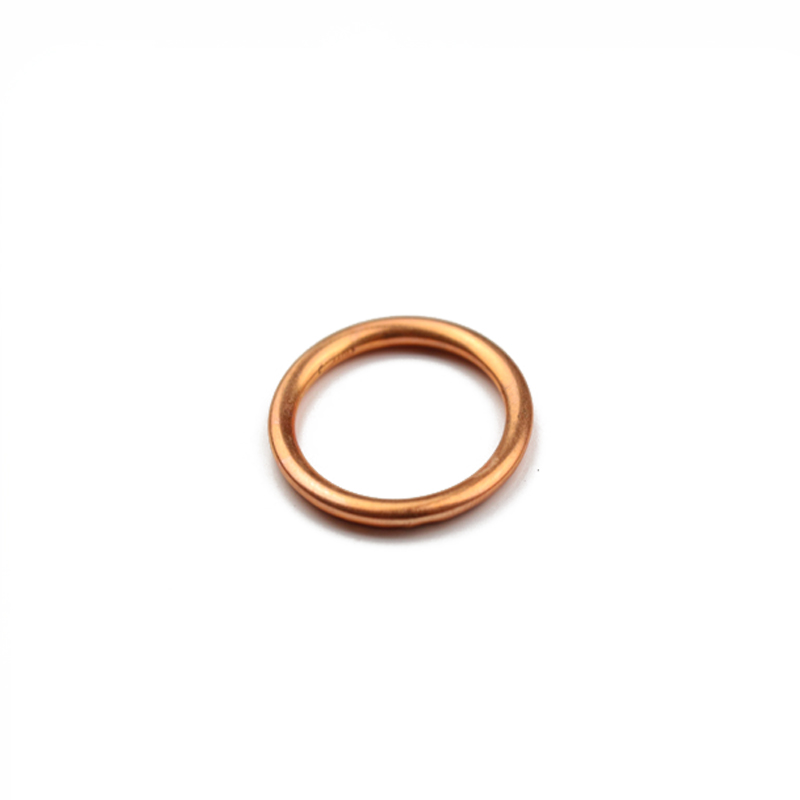oil ring seal
Understanding Oil Ring Seals An Essential Component in Engine Machinery
In the world of automotive engineering, the efficiency and longevity of an engine depend on various intricate components working in harmony. Among these, the oil ring seal plays a crucial role in ensuring optimal performance. This article delves into the function, design, and maintenance of oil ring seals, highlighting their significance in engine mechanics.
What is an Oil Ring Seal?
The oil ring seal, often referred to simply as an oil seal, is a specialized component designed to prevent oil leaks in various machinery, particularly in internal combustion engines. Positioned around the crankshaft or camshaft, these seals are responsible for retaining oil within the engine’s lubrication system while preventing contaminants from entering. This ensures that the engine operates smoothly and efficiently, reducing wear and tear on the moving parts.
The Function of Oil Ring Seals
Oil ring seals serve several essential functions
1. Leak Prevention The primary function of an oil ring seal is to prevent engine oil from leaking out of the engine components. This is critical for maintaining the necessary lubrication and preventing potential damage due to friction.
2. Contaminant Exclusion Besides retaining oil, these seals protect the engine by keeping dirt, dust, and other contaminants from entering the lubrication system. This keeps the oil cleaner for a longer time and reduces the risk of engine wear.
3. Pressure Maintenance Oil ring seals help maintain the necessary oil pressure within the engine. Proper oil pressure is vital for ensuring that all engine parts receive adequate lubrication, enabling them to function efficiently.
oil ring seal

Design and Materials
Oil ring seals can be made from various materials, including rubber, silicone, and compacted carbon. The choice of material typically depends on the operating environment and the specific requirements of the engine. For instance, seals made from silicone may offer better performance in high-temperature settings, while rubber seals are often more cost-effective for standard applications.
The design of oil ring seals is equally important. They usually feature a lip that provides a tight fit against the surface it seals. This lip creates a barrier that oil cannot easily pass through while allowing for some flexibility, accommodating the movement of the components it is sealing.
Maintenance and Replacement
While oil ring seals are built to last, they are not immune to wear and tear. Over time, factors such as heat, pressure, and exposure to various fluids can cause them to degrade. Signs of a failing oil ring seal include
- Oil Leaks If you notice oil pooling beneath your vehicle, it may indicate a compromised seal. - Increased Oil Consumption A significant decrease in oil levels can signal that oil is leaking past the seal. - Engine Overheating Reduced lubrication can lead to overheating, ultimately causing engine damage.
Regular maintenance checks are essential to ensure that oil ring seals function properly. During routine oil changes, mechanics should inspect seals for signs of wear and replace them as necessary. While this repair may involve additional costs, it is far less expensive than repairing potential engine damage caused by neglecting a faulty seal.
Conclusion
In summary, oil ring seals are a vital yet often overlooked component in engine machinery. Their ability to prevent oil leaks, exclude contaminants, and maintain oil pressure significantly impacts an engine's performance and longevity. Regular inspection and maintenance of these seals are crucial in ensuring that engines run efficiently and remain in good condition. Understanding the importance of oil ring seals can aid vehicle owners and mechanics alike in maintaining optimal engine performance and reliability.
-
Simplifying Oil Changes: A Comprehensive Guide to Oil Drain Plugs and Their Variants
News Aug.04,2025
-
Mastering Oil Drain Maintenance: Solutions for Stripped, Worn, and Upgraded Oil Plugs
News Aug.04,2025
-
Fixing Oil Pan Plug Issues: Leaks, Stripped Nuts, and the Right Replacement Solutions
News Aug.04,2025
-
Everything You Need to Know About Oil Drain Plugs: Sizes, Fixes, and Upgrades
News Aug.04,2025
-
Choosing the Right Oil Drain Plug: A Guide to Sizes, Materials, and Drain Innovations
News Aug.04,2025
-
A Complete Guide to Automotive Drain Plugs: Types, Problems, and Innovative Solutions
News Aug.04,2025
-
The Ultimate Guide to Car Repair Kits: Tools and Essentials Every Driver Should Own
News Aug.01,2025
Products categories















